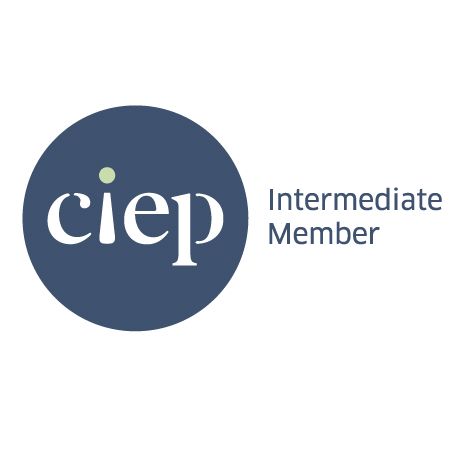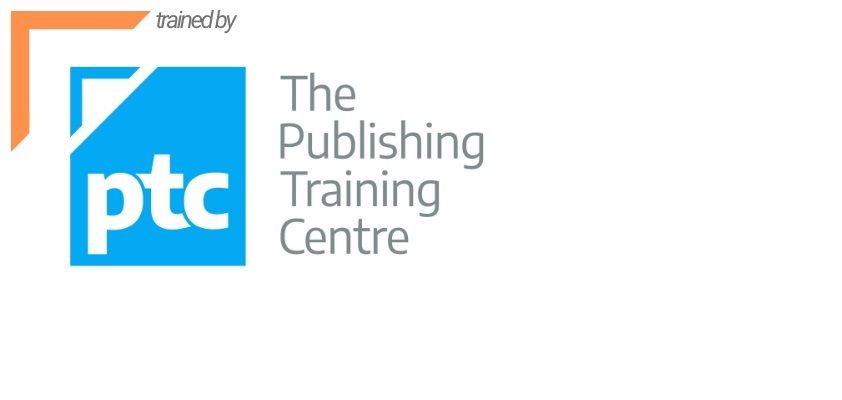ESL
Copyediting, proofreading and reference checking for students and academics for whom English is a second language
What is copyediting?
The Chartered Institute of Editing and Proofreading defines copyediting as 'professional help to make a text ready for publication [or submission] by ensuring that it’s clear, consistent, correct and complete. Copyediting focuses on the detail of a text: agreeing final content, making sure it reads well for its intended purpose, and applying consistency to the language and formatting.'
Copyediting for ESL Academics includes:
- Checking that all elements of the document are present and in the correct order.
- Checking that the layout and format of the document are consistent and correct for the document’s intended audience, and making corrections where necessary.
- Checking that any style guides have been adhered to correctly, and making corrections where necessary.
- Checking for poor logic flow, with suggestions where possible.
- Checking for poor structure, with suggestions where possible.
- Correcting lack of clarity and rewording where necessary to avoid confusion, vagueness or convoluted sentence structure.
- Correcting typographical and spelling errors.
- Correcting errors in grammar and punctuation.
- Querying inconsistencies in language, style and tone, with suggestions where possible.
- Querying instances of repetition, with suggestions where possible.
- Querying missing citations.
- Querying language that is non-inclusive or legally problematic.
It should be noted that proofreading and copyediting services are provided to improve the text of your document; responsibility for the accuracy and content of the final manuscript lies with you as the author and not with the proofreader/copyeditor. I do not offer re-writing or paraphrasing in this service or any other.
What is proofreading?
The Chartered Institute of Editing and Proofreading describes proofreading as 'the final quality check', with the following explanation: 'Because the proofreader works near the end of the publication [or submission] process, they are usually looking for remaining errors that must be corrected … the proofreader will not be rewording sentences, making larger structural interventions such as reordering blocks of text or inserting headings, or fact-checking (but they may raise a query about anything that seems wrong).'
Proofreading for ESL Academics includes:
- Checking that all elements of the document are present and in the correct order.
- Checking that the layout and format of the document are consistent and correct for the document’s intended audience, and raising queries where necessary.
- Checking that any style guides have been adhered to correctly, and making corrections where necessary.
- Correcting typographical and spelling errors.
- Correcting errors in grammar and punctuation.
- Querying inconsistencies in language, style and tone, with suggestions where possible.
- Querying lack of clarity, with suggestions where possible.
- Querying instances of repetition, with suggestions where possible.
- Querying missing citations.
- Querying language that is non-inclusive or legally problematic.
It should be noted that proofreading and copyediting services are provided to improve the text of your document; responsibility for the accuracy and content of the final manuscript lies with you as the author and not with the proofreader/copyeditor. I do not offer re-writing or paraphrasing in this service or any other.
Proofreading for ESL Students includes:
- Checking that all elements of the document are present and in the correct order.
- Checking that the layout and format of the document are consistent and correct for the document’s intended audience, and raising queries where necessary.
- Checking that any style guides have been adhered to correctly, and making corrections where necessary.
- Correcting typographical and spelling errors.
- Correcting errors in grammar and punctuation.
- Querying inconsistencies in language, style and tone, with suggestions where possible.
- Querying lack of clarity, with suggestions where possible.
- Querying instances of repetition, with suggestions where possible.
- Querying poor logic flow (in text, not argument), with suggestions where possible.
- Querying missing citations.
- Querying language that is non-inclusive or legally problematic.
It should be noted that proofreading and copyediting services are provided to improve the text of your document; responsibility for the accuracy and content of the final manuscript lies with you as the author and not with the proofreader/copyeditor. I do not offer re-writing or paraphrasing in this service or any other.
Students must make sure that they have obtained permission from their university and/or supervisor to engage the services of a professional proofreader.
Reference Checking
This is an editorial service that can be ordered separately or in conjunction with another service.
Reference Checking includes:
- Checking that the references and in-text citations adhere to the required style guide or institutional guidelines, and making corrections where necessary.
- Where no style guide is provided, references will be checked for internal consistency, with corrections where necessary.
- Checking that references and in-text citations correspond, and querying any anomalies.
- Querying missing information from in-text citations, footnotes/endnotes, references or bibliographies.
Please note that it is the author’s responsibility to ensure that bibliographic information is accurate – this is not a citation service.




